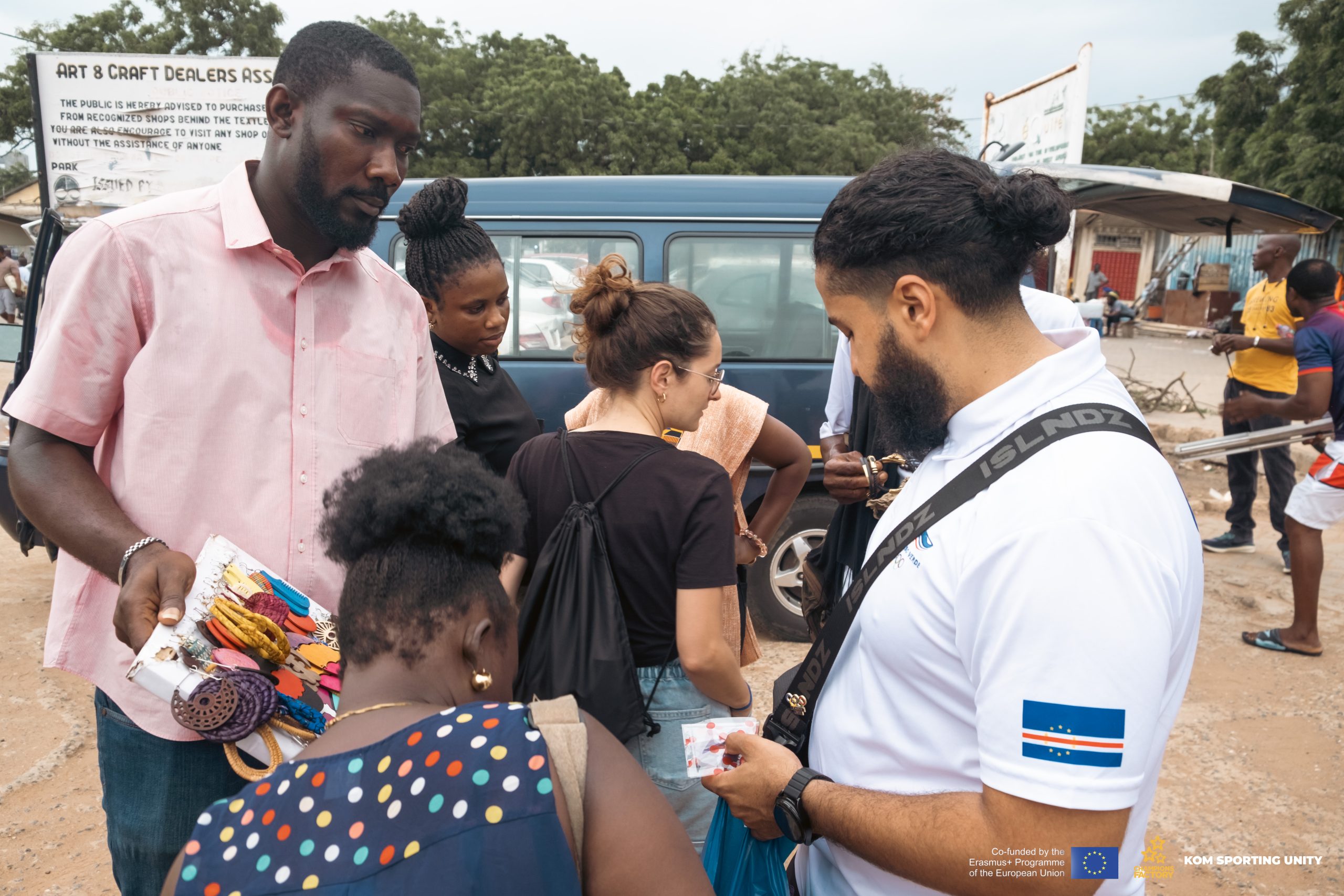Getting around in Ghana can be an adventure in itself, offering a mix of traditional and modern transportation methods. Whether you’re navigating the bustling streets of Accra or exploring rural areas, it’s important to understand the options and plan accordingly.
Trotros (Shared Minibuses)
Most common and affordable mode of public transport.
These privately owned minibuses follow set routes and are widely used by locals.
Fares are cheap, but comfort levels vary (can be crowded and hot).
No fixed schedules—vehicles leave when full.
Taxis
Available in most towns and cities; can be flagged down or found at taxi ranks.
Negotiate the fare before starting your trip unless it’s a metered taxi (mostly in Accra).
Shared taxis (with multiple passengers) are also common on specific routes.
Ride-Hailing Services
Uber, Bolt, and Yango operate in major cities like Accra and Kumasi.
Convenient, safer, and typically air-conditioned
Payment is made via app (cash or mobile money options available).
Buses & Coaches
Intercity STC (State Transport Company) and private lines like VIP or VVIP provide comfortable long-distance travel.
Ideal for travel between major cities (e.g., Accra to Kumasi, Tamale, or Cape Coast).
Air-conditioned, scheduled services with reserved seating.
Motorbikes & Tricycles
Known locally as “Okada” (motorbikes) and “Pragya” (tricycles), these are common in rural areas and smaller towns.
Fast but less safe—helmets are rarely provided, and accidents are frequent.
Walking & Cycling
In urban areas, walking is common for short distances.
Infrastructure for cyclists is limited, so caution is needed.


Leave a Reply